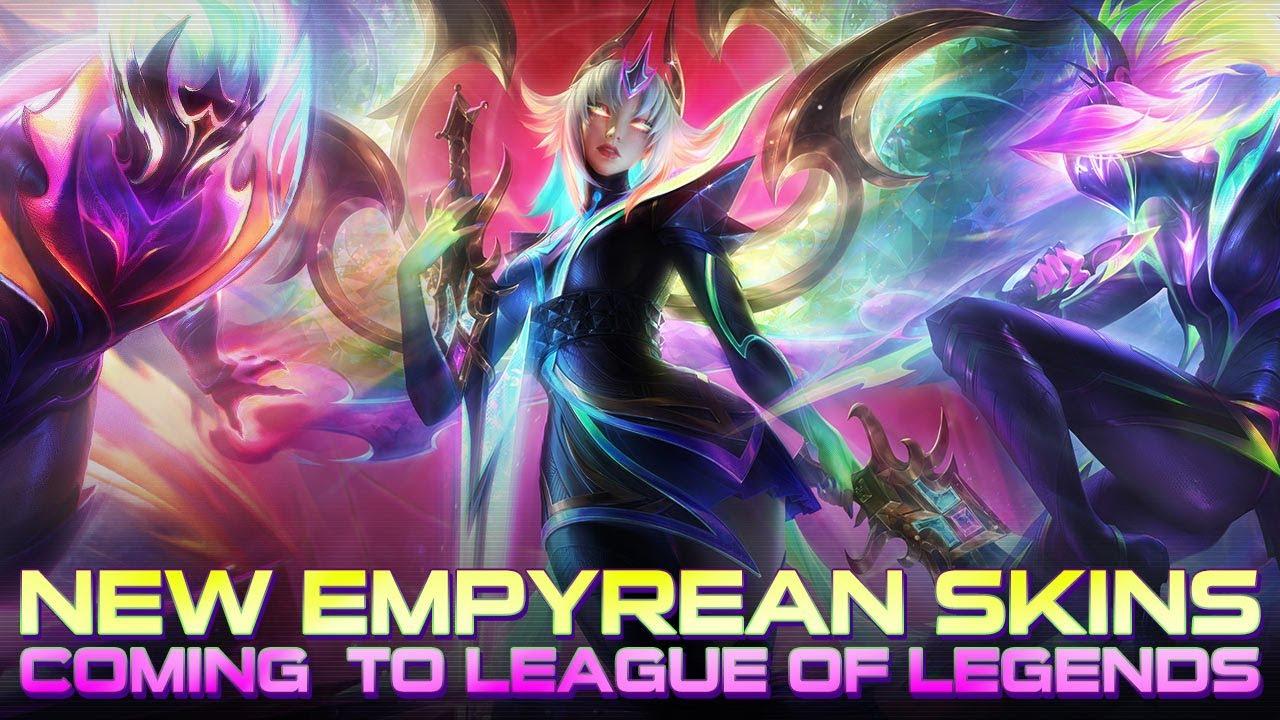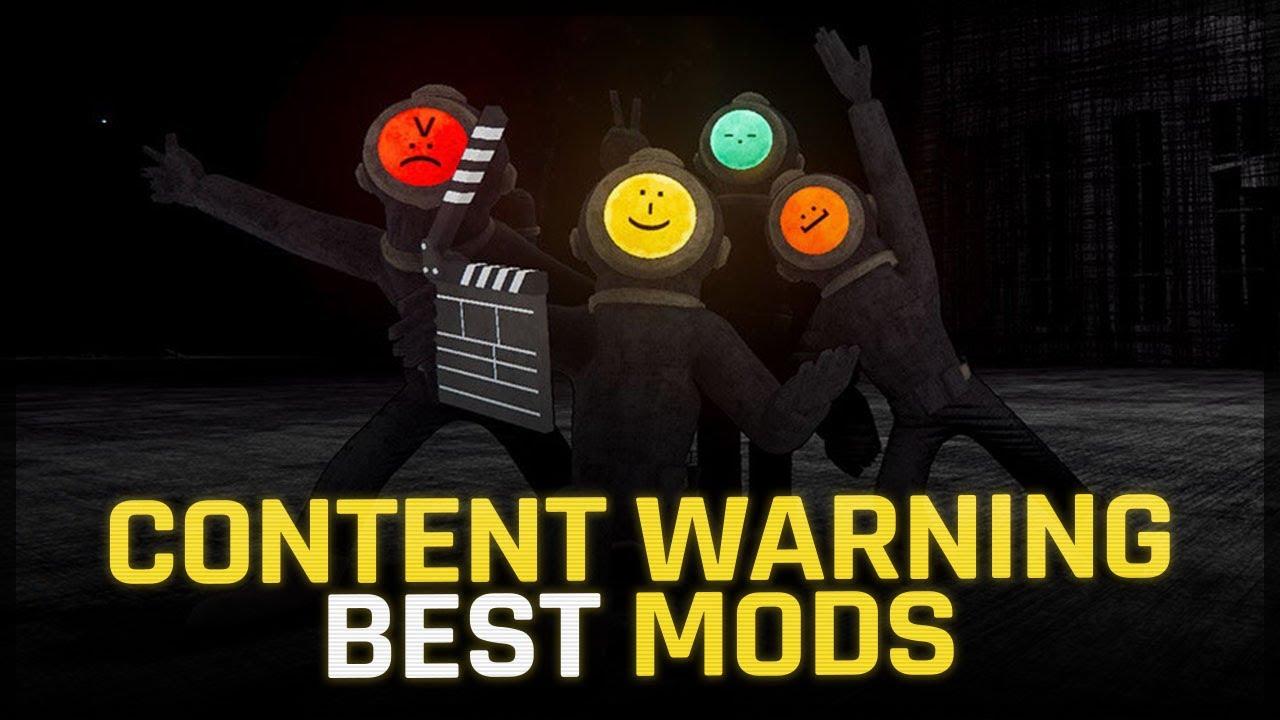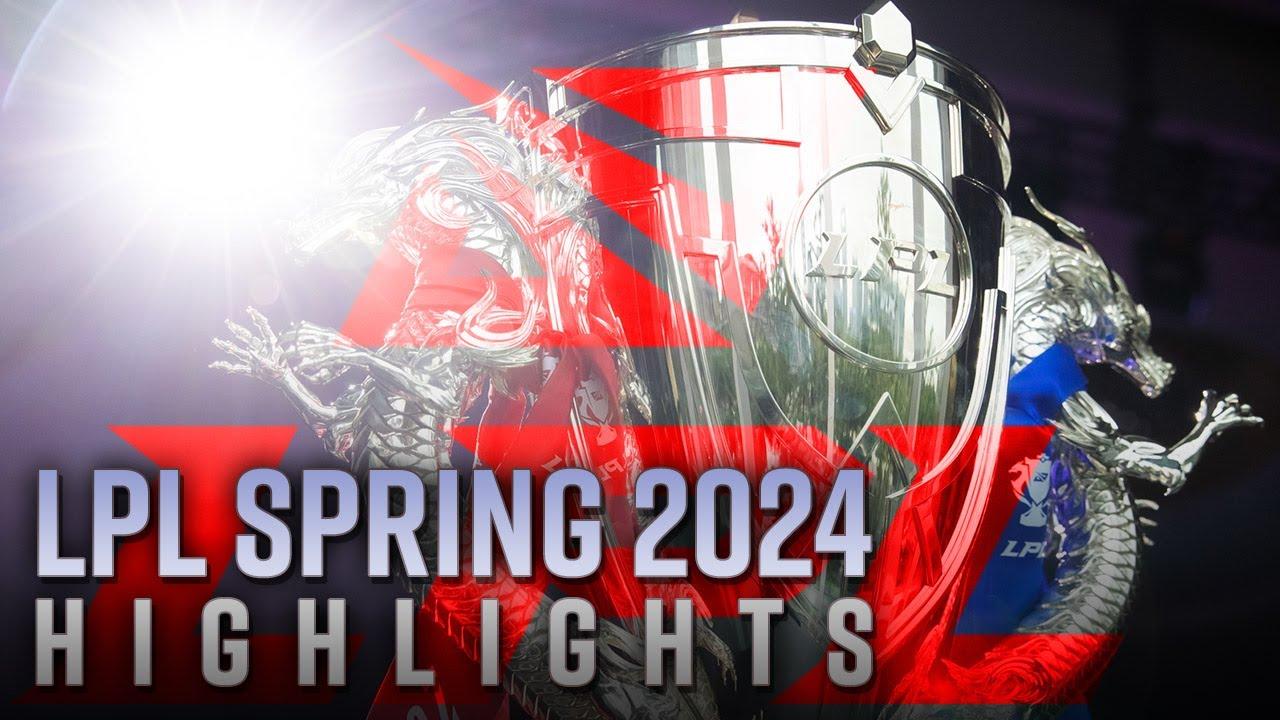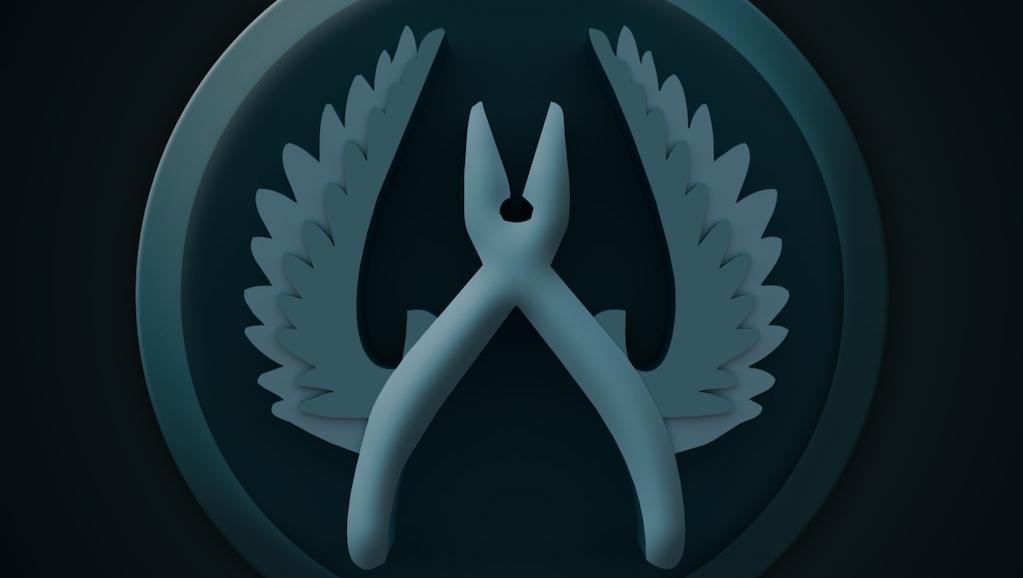
CSGO ban wave takes out over 10,000 cheaters and boosters
ConVars’ Counter-Strike: Global Offensive stats database detected more than 10,000 bans from July 4 to 6.
The massive ban wave appears to be targeting boosted CSGO accounts as well as identified hackers. 10,505 game bans and counting have been doled out over those three days. Around 800 VAC bans have also been applied. This marks the biggest CSGO ban wave of 2021.
The massive spike comes after the unranked matchmaking and Prime status update released on June 3. The new version likely included new tools to detect matchmaking abuse of all sorts. Now that Prime status is much more sought-after, Valve is taking the initiative to crack down on boosters after the update.
Boosting in CSGO refers to players sharing a CSGO account in order to have another person play on it, most often to have a more-skilled player improve one’s rank. High-ranked accounts are often sold to lower-ranked users who wish to play at a higher level. Low-ranked accounts are sometimes sold to higher-skilled players as smurfs. Smurfing refers to using an alternate account to play against newer players, which is against Valve’s terms of service
How does Valve catch CSGO boosters?
Valve is intentionally cryptic about the methods used to detect cheaters and boosters. If Valve unveiled the process, cheaters would be able to circumvent those detection methods. Some bans are the direct result of community reports, which can be sent directly through Steam and the Counter-Strike: Global Offensive client.
One common method used to boost CSGO accounts is to queue as full teams for Vertigo, the least popular map in the active duty rotation, in sparsely populated regions. These matches would often pit boosted teams against other boosted teams. Two boosters could boost ten accounts at a time using the method. Valve likely uses a combination of algorithms and manual detection in order to identify boosters.
Recommended

All maps are now available in CS2, what does it mean?
Poor Inferno players.
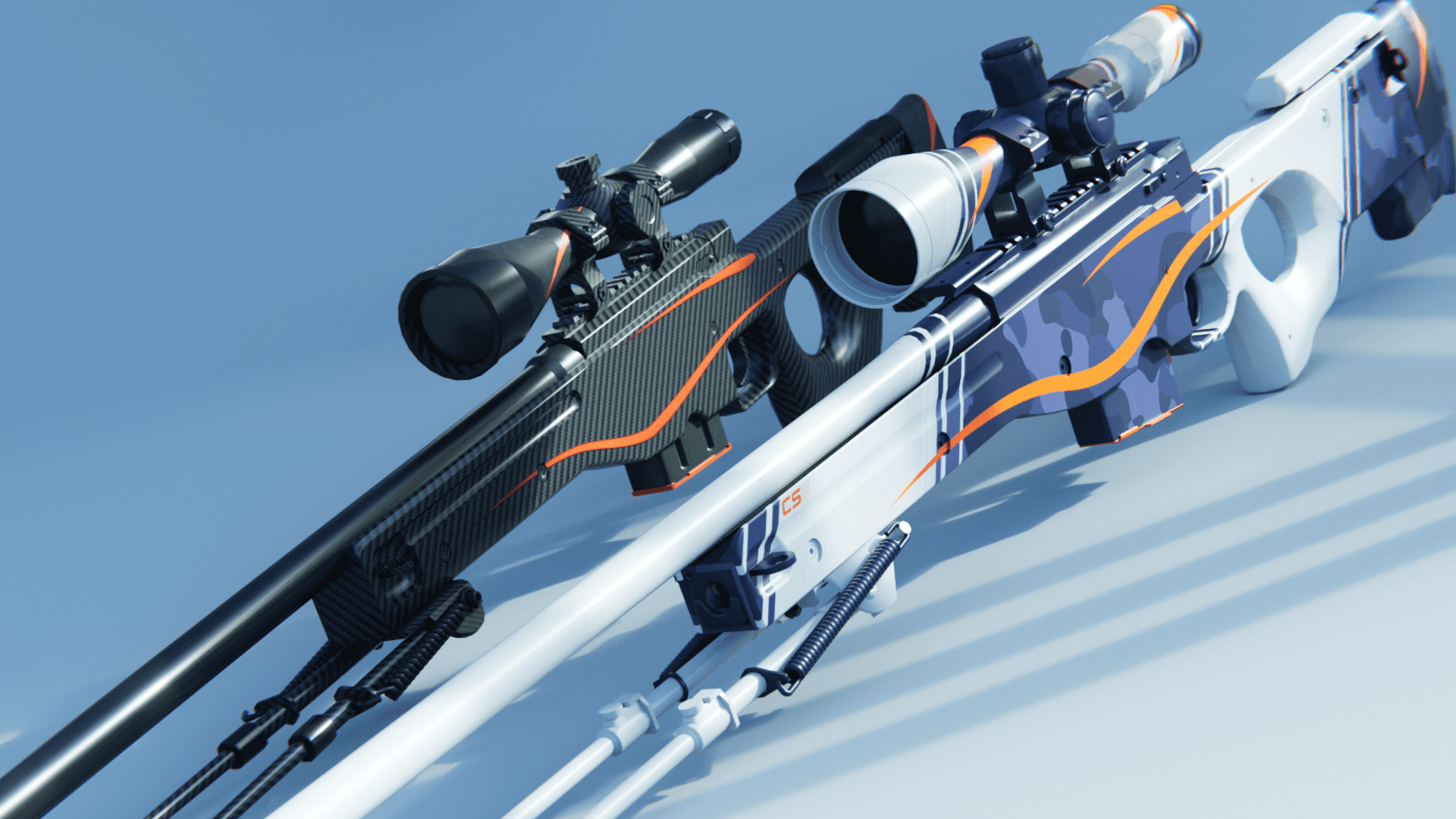
Redline creator reveals a sequel skin for CS2
Maybe call it the Orangeline?
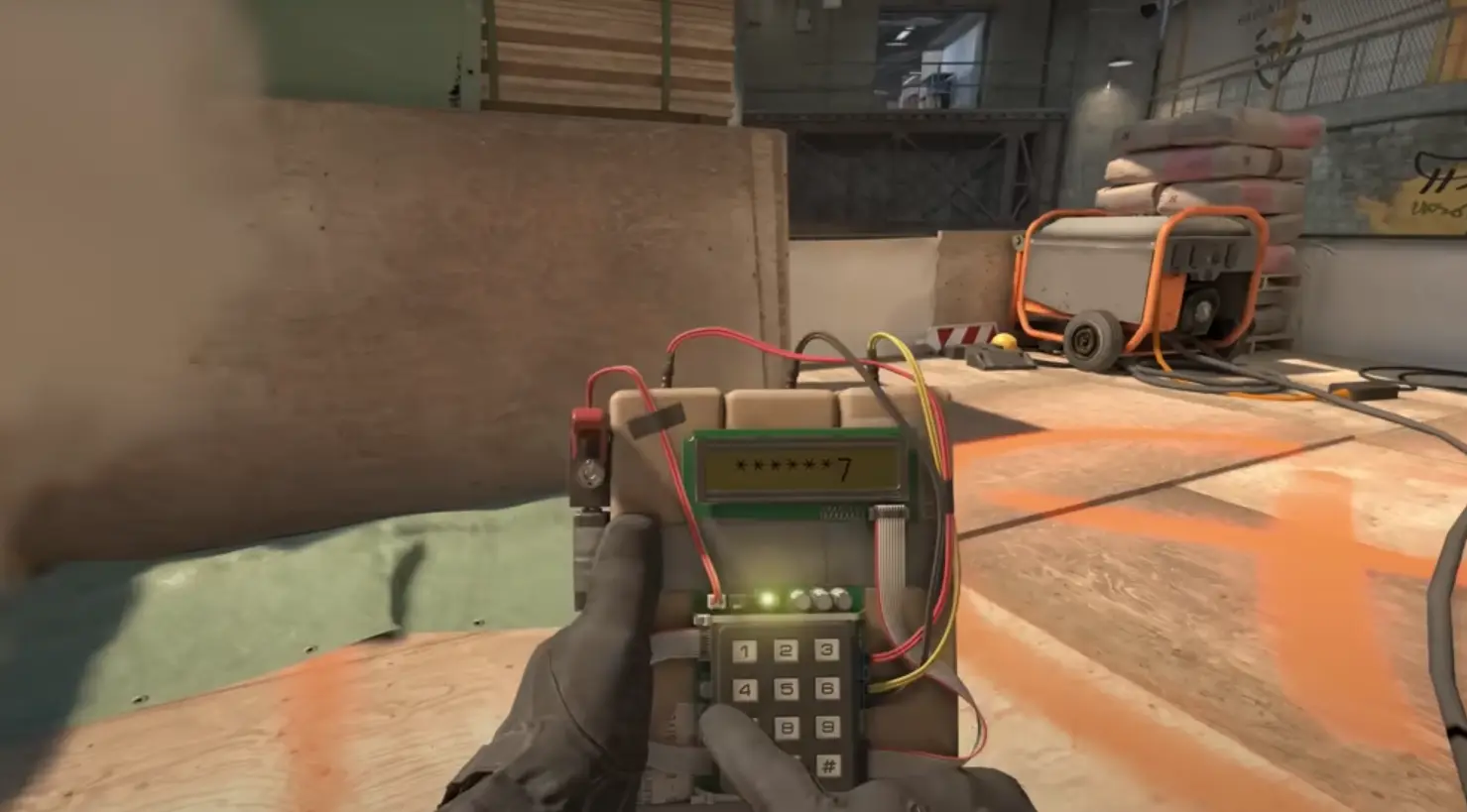
CS2 release date: Everything we know so far
Is it CS2-morrow? No, it is not.



